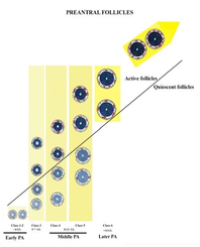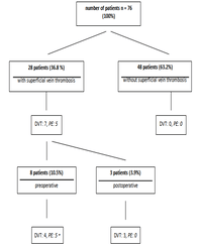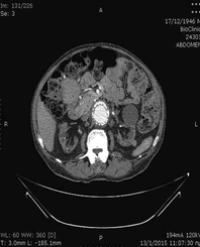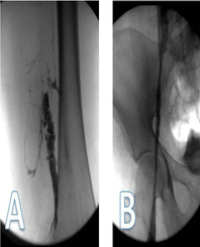
Insights into Ovarian Follicle Angiogenesis: Morphological and Chronological Vascular Remodeling from Primordial to Ovulating Follicles
Ovarian function is dependent on the establishment and continual remodeling of a complex vascular system. The present review focuses on the ovarian morphological angiogenic processes that involve swine ovarian folliculogenesis and their modulatory molecular mechanisms: from the primordial follicles recruitment to the antral periovulatory stage. The process of angiogenesis, in particular, during the final stage of follicle development (from antral to periovulatory follicular phase) is deepened with a kinetic approach adopted by using an experimental prepubertal model where antral follicle’s selection, growth and ovulation are pharmacologically and timely controlled. Since the cyclicity of follicular angiogenesis is inducible under experimental conditions in several experimental and domestic animals using validated hormonal treatments, it may become a reproducible model to study in vivo molecular mechanisms and pathways involved in angiogenesis and blood vessel remodeling.
The present review has also focused the attention on the regulatory role of vascular endothelial growth factor A in controlling ovarian follicular development as orchestra conductor of the angiogenic process. The main animal model considered in the present review is the pig. The reproductive processes of this domestic animal is of a high translational value by considering the similarity with women of the long periovulatory window (40-44 hours from luteinizing hormone surge to ovulation). This animal model could become, for this reason, a valuable model in understanding the regulatory pathways involved in the final stage of follicular maturation.
Martelli A*, Russo V, Mauro A, Di Giacinto O, Nardinocchi D, Mattioli M, Barboni B and Berardinelli P



